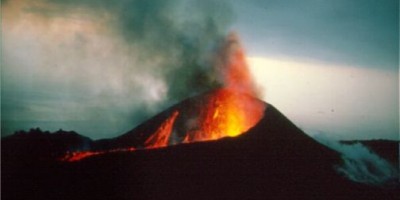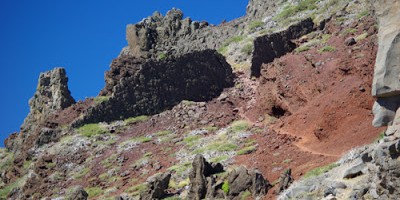Happy Birthday, Teneguia!
The oldest rocks on La Palma are 2,000,000 years old, which is very young for geology. But the youngest rocks are just 40 years old, and it’s their birthday this month. The Teneguía volcano erupted during October and November of 1971. My husband was a teenager at the time, and he remembers going to see it from the San Antonio volcano, and he remembers hearing the deep rumbles at…


